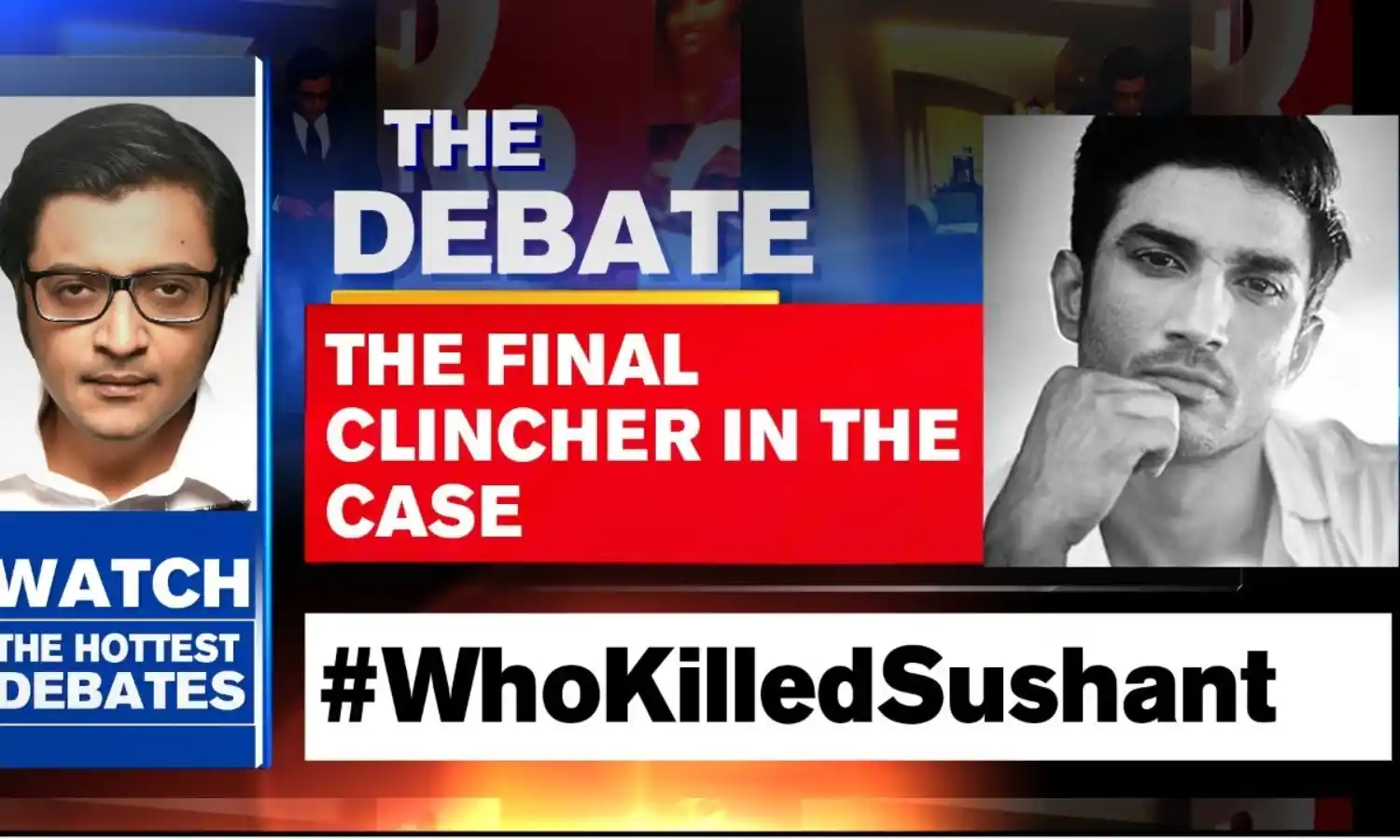The Role of Media in Suicide Prevention: an Ally or an Adversary?
Centre for Mental Health Law and Policy

Suicide is an urgent concern in India. Globally, the World Health Organisation (WHO) estimates that around 800,000 deaths by suicide take place each year. India alone accounts for 33% of those deaths. While these numbers are concerning, there are several universal strategies for suicide prevention that can be adapted across sectors to make a difference.
One such strategy relates to media reporting. While responsible reporting encourages individuals who are at risk of taking their lives to get help, on the other end, sensationalised and incessant stories on suicide have been associated with not only an increase in suicide rates but also imitative suicides among vulnerable populations.
When the media publishes repeated stories about a death or attempt in explicit detail, the vulnerable may be pushed over the edge and copy what they read or see. These are called imitative suicides. For example, in Hong Kong (HK), in 1998, a middle-aged woman took her life by inhaling poisonous charcoal fumes in an enclosed chamber. The media in its coverage of the incident elaborated on the method as a result of which charcoal burning became the second-most used method of suicide in HK and spread to other Asian countries too like Taiwan.
Newspapers from that time also wrote about how those who had died were under financial strain. Drawing such connections between a particular cause and method gave the implicit message that charcoal burning was an easy way of ending one’s life and distress in the face of mounting debt, further complicating the issue.
The chances of imitation greatly increase in the case of celebrities’ deaths by suicide. Upon the passing of Marilyn Monroe in 1962 there was a sharp increase in suicide rates in the United States. Similarly, with Robin Williams’ death in 2014, there was a significant uptick in suicides amongst middle-aged men, where they used the same method to take their lives as the actor had.
Recently, in India, actor Sushant Singh Rajput’s death has been inappropriately sensationalised in print, digital, and broadcast media. A recent report highlighted how young fans, who were deeply affected by his demise, died by suicide. The Press Council of India (PCI), taking cognizance of the matter, issued an advisory recognizing the violation of norms of journalistic conduct in the coverage of the actor’s death and has requested the media adhere to guidelines.
Promisingly, the media also has the ability to be a powerful ally in suicide prevention. By simply providing contact information of support services for people in distress, dispelling common myths on suicide and sharing stories of individuals who have overcome suicidal thoughts, journalists and media houses can save lives.
The WHO, in guidelines on responsible reporting recommend that stories on suicide highlight helpful practices as well as focus on encouraging help-seeking behaviour by offering alternative coping strategies. Adhering to these guidelines has had a significant impact on reducing deaths. For instance, in 1987, Austria instituted a set of guidelines for reporting on suicides in the country. Prior to this, attempted suicides and deaths on subway lines in Vienna had sharply increased from 1982 to 1987. The introduction of the guidelines led to a steep decline in subway deaths.
While the focus of this article is on the role of the media, it should be noted that fictional depictions of suicide also have an analogous impact. In India, the portrayal of suicides in film and television are typically emotionally-charged, with long, drawn out, dramatic scenes. In Tamil Nadu, like other parts of the country, television serials are ubiquitous in many households. Tamil serials were known to frequently depict acts of self-immolation among women.
SNEHA, a suicide prevention centre based out of Chennai recognised the problematic nature of such depictions and its effects on vulnerable viewers. It reached out to AVM Production, a leading name in the industry and requested them to remove such content from their shows. Shortly thereafter, the production house released a declaration against including such scenes in their serials. Since then, self-immolation rates in the state, specifically among women, have been on a steady decline.
In India, the PCI released media guidelines for reporting suicides. While this is a step in the right direction, concerted efforts are required to motivate the wide gamut of media stakeholders to adopt such standards in their daily work. To ensure such practices are followed, incentives can be adopted such as awarding certificates to journalists and media houses who responsibly report this issue. Further, since workflows are fragmented in media houses, it is important to also train copy editors because there is a tendency to use dramatic headlines as clickbait.
India is at the front line of reducing suicide rates given that it accounts for one-third of deaths worldwide. Therefore, it is imperative that we acknowledge that reducing suicides cannot solely be the sanction of the health sector. Lowering suicide rates is an intersectoral effort, with the media at the forefront. A lot rides on us to reduce suicide rates in India and globally. With the media’s support in suicide prevention, this can be achieved far sooner.
Dr. Lakshmi Vijayakumar is a leading expert on suicide prevention in Asia; she is the founder of SNEHA, one of Inidia’s foremost suicide prevention centres, and a member of the WHO Network on Suicide Prevention and Research.
Tanya Fernandes is Research Associate at the Centre for Mental Health Law & Policy (CMHLP) at India Law Society (ILS), Pune.
Curated by the Centre for Mental Health Law & Policy, Pune.


